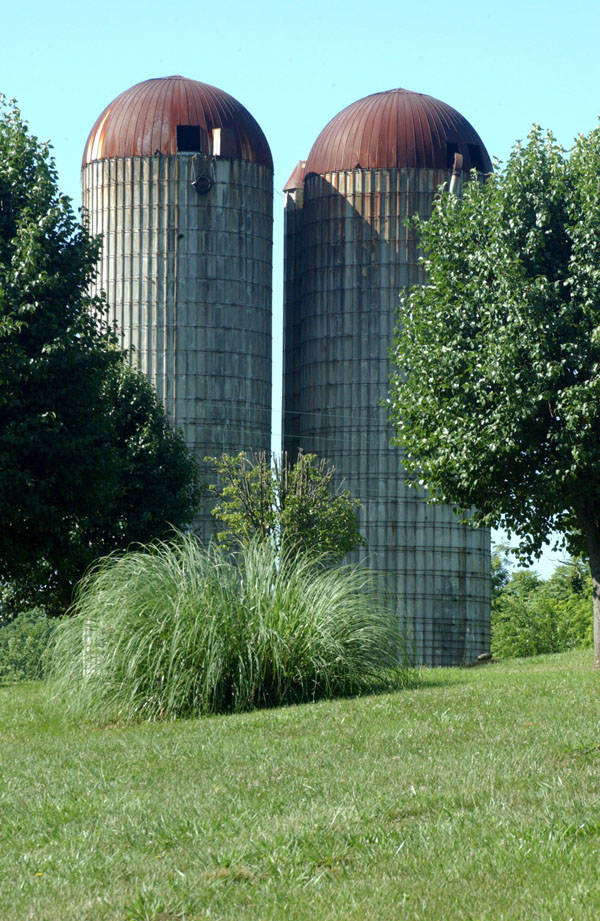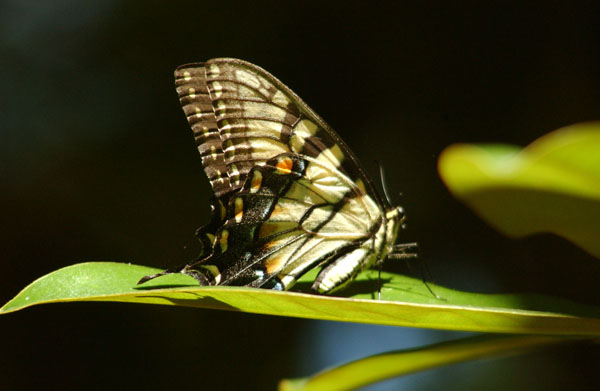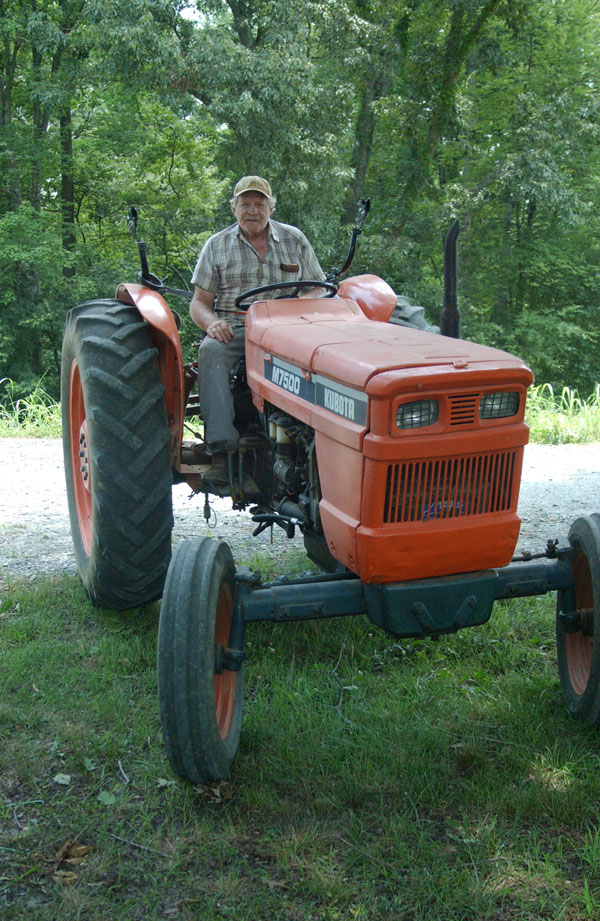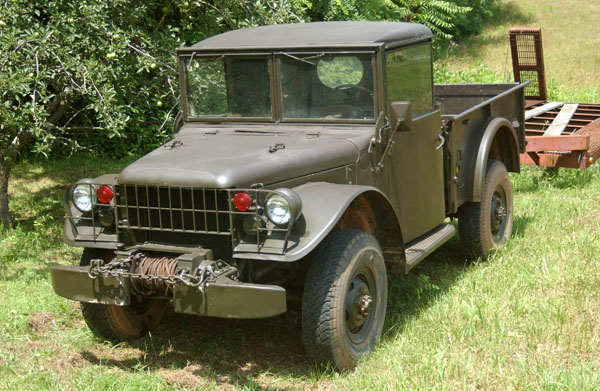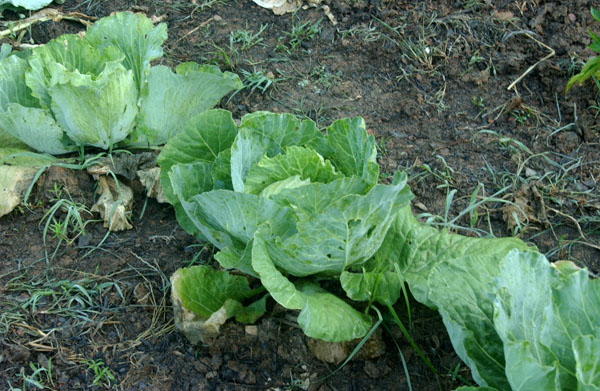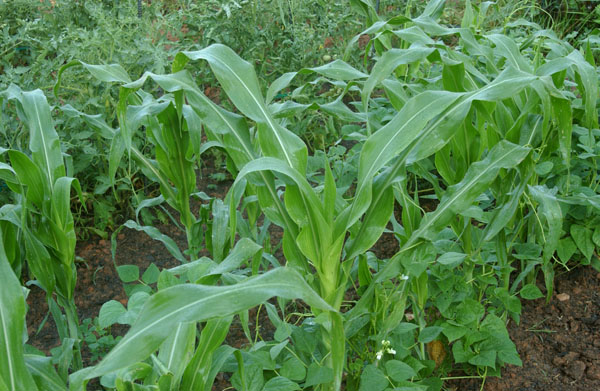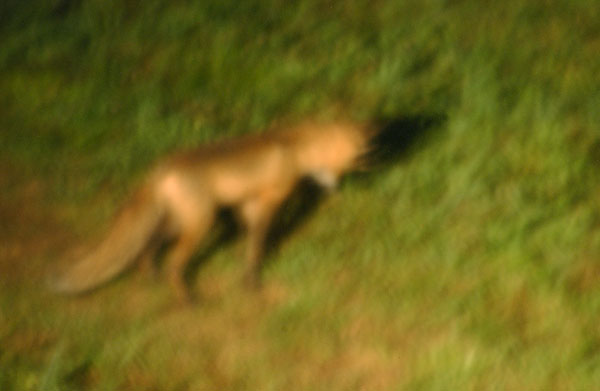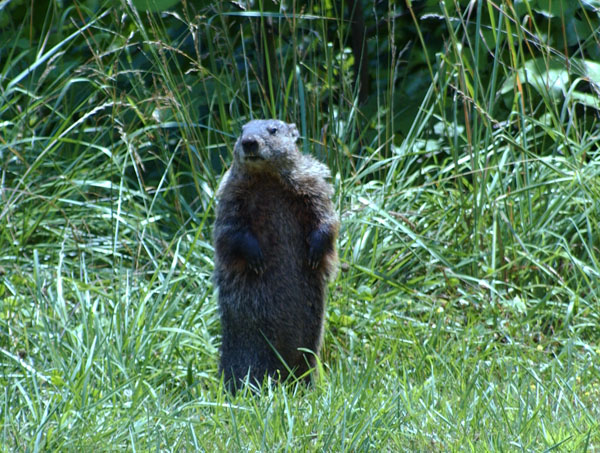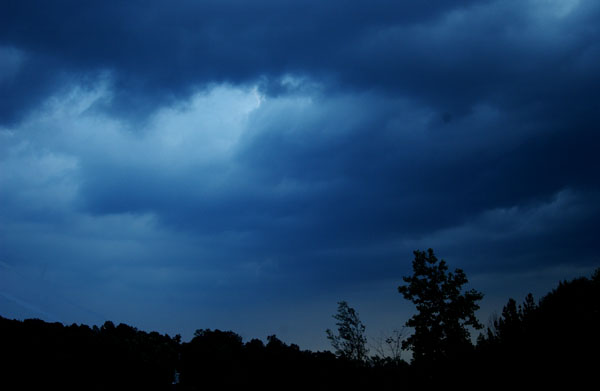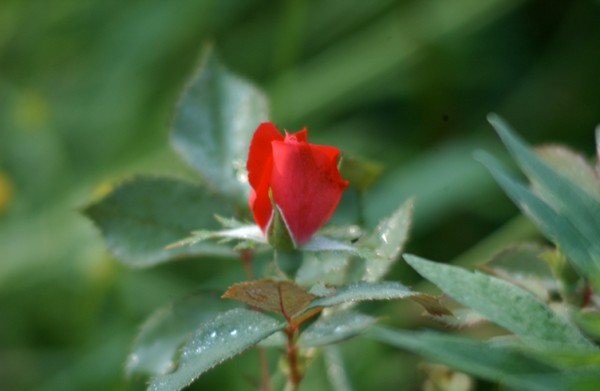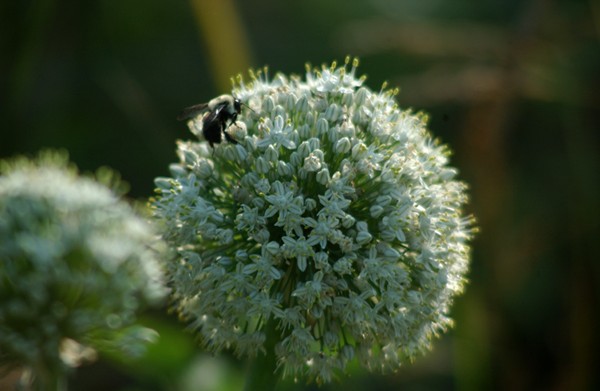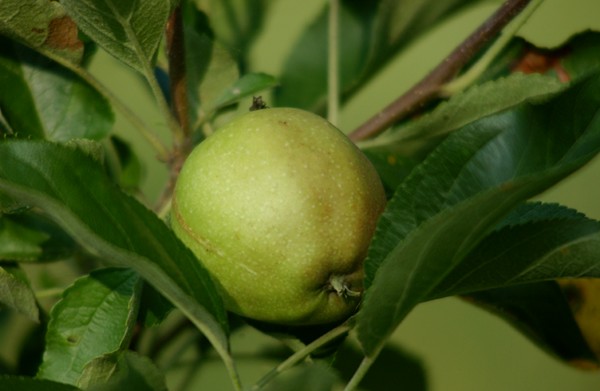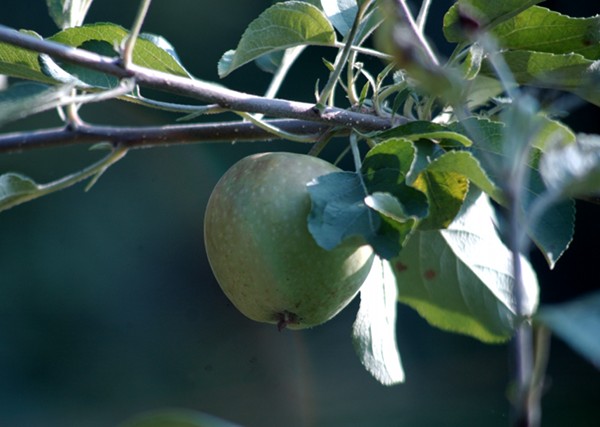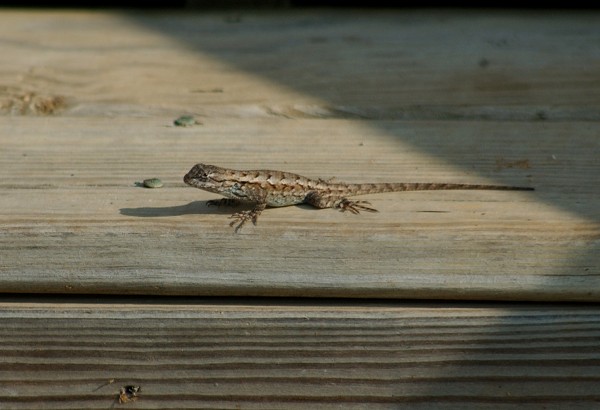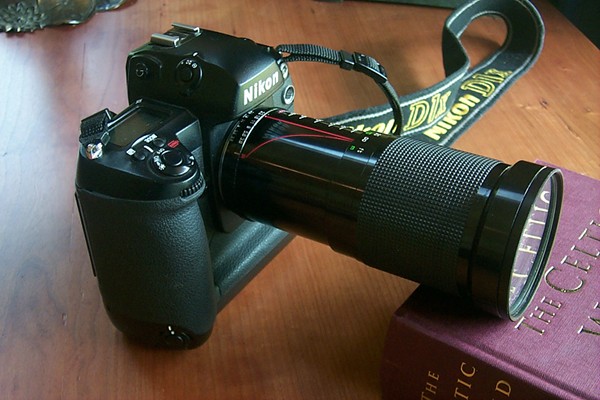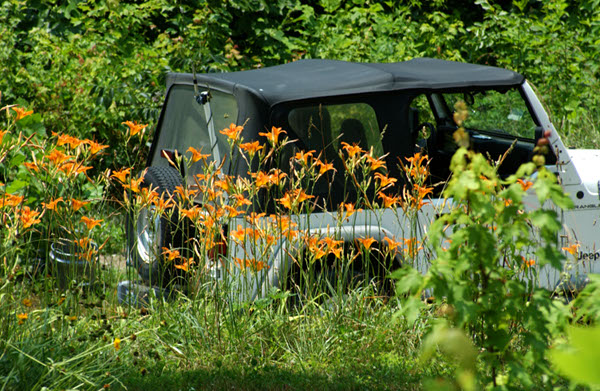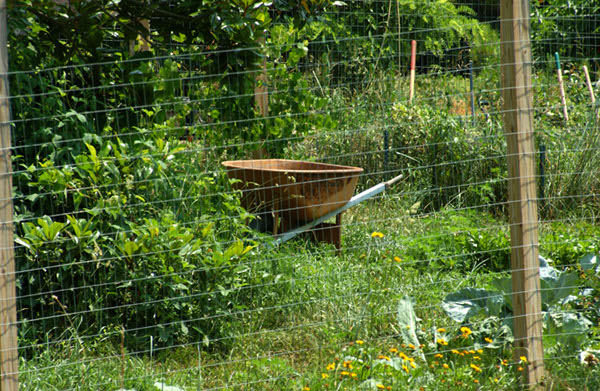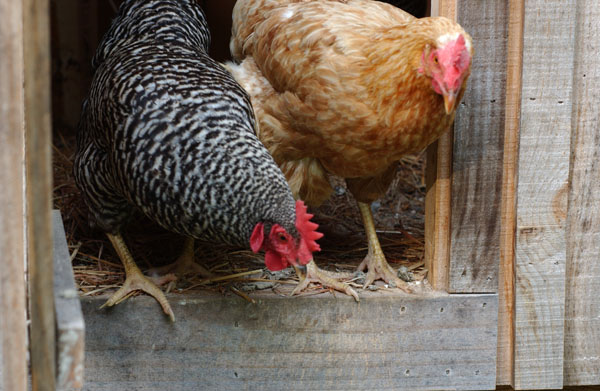
Ready to jump down and start their day
One of the morning chores here is to go let the chickens out. They spend the night in their wooden chicken house, three feet off the ground, where no night predators can get at them. During the day, there is always risk.
I’ve known since last winter that a fox had moved in down at the edge of the woods about 50 yards from the house. Now I’ve learned that she’s a vixen and that she has at least one, maybe two, pups. The pups are now a little larger than half the size of their mother. Now that the pups are starting to roam and to learn to hunt, I’ve seen them almost every day for the last week. The pups are not as shy as their mom.
Last Wednesday afternoon, one of the pups got inside the chicken fence. I heard the chickens squawking in panic and ran out the back door. The foxlet saw me and ran, banging its head on the fence before it found the way out. I promptly made some reinforcements along the bottom of the fence using stone, boards, and metal stakes. Since Mrs. Fox has been here for months and has never bothered the chickens, my guess is that she is too big to defeat the fence, but junior was able to do it.
Three times now in the last week, Lily has alerted me to a fox near the front window. The voles’ main home is the day lily patch near the window and the vole patch out near the road. I was afraid I had an overpopulation of voles and even ordered some vole traps, but now that I see that the vole patch is a grocery store for the fox family, I’m going to not worry about it and let nature take its course. The voles have taken some bites out of beets and cucumbers and ravaged some pea plants, but their harm is slight enough that for now I’m going to leave the voles alone for the fox to manage. No doubt this time of year is the time of maximum population for the voles and similar creatures. Their numbers should dwindle greatly by winter as their food supply diminishes and the foxes press them harder. A few days ago I saw Mrs. Fox with a vole in her mouth, trotting back to her den. Ah, the mysteries of the food chain. The fertilizer feeds the day lily roots and bulbs, which feed the voles, which feed the fox. We all owe our livings to the soil.
The young foxes are outrageously cute. So far I’ve not been able to get a photo. Though they clearly roam all over the yard, they dart away as soon as they see me. But I will keep the camera handy.
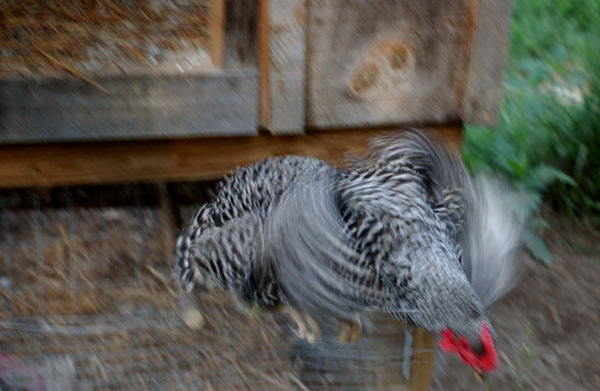
I need to reshoot the chicken jump with a fast shutter speed. My new camera has a fast enough shutter to stop hummingbirds’ wings, but I’m not yet fast enough to change the settings in time when a photo demands it.




